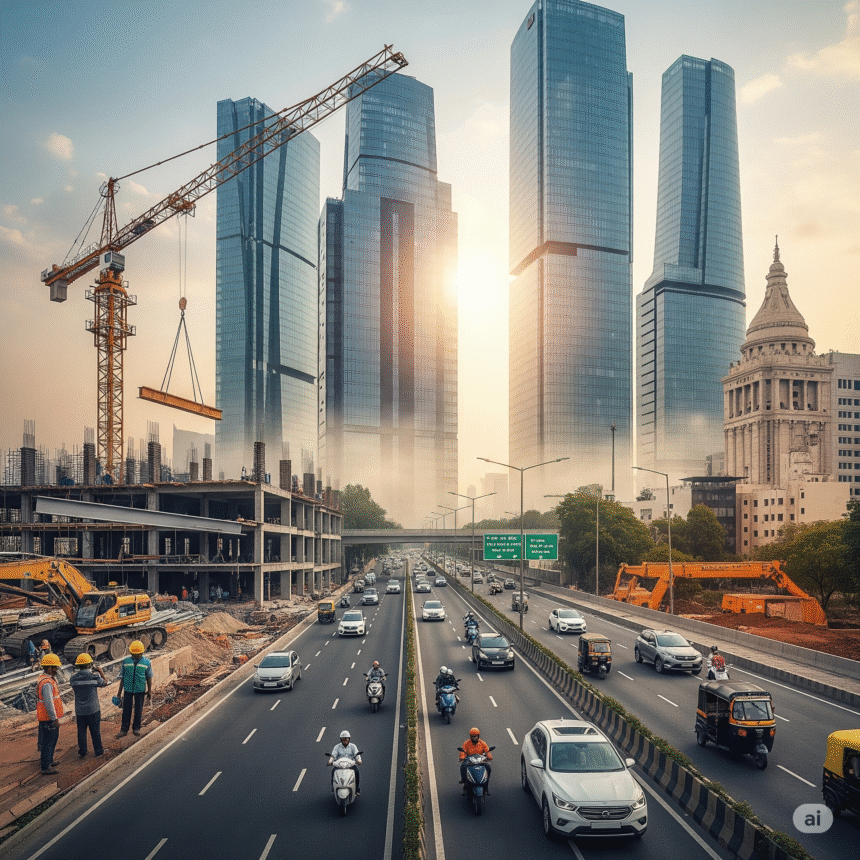New Delhi, 2025 — Economic liberalization has profoundly transformed India’s landscape since its implementation in the early 1990s. These reforms, which introduced market-based principles and reduced governmental control over the economy, have catalyzed India’s emergence as one of the fastest-growing global economies.
Genesis and Implementation of Liberalization
The liberalization process began in earnest in 1991, triggered by a severe fiscal crisis that brought India to the brink of default. The government, led by then-Finance Minister Dr. Manmohan Singh, introduced sweeping reforms aimed at opening up the economy to foreign investments, deregulating domestic markets, and privatizing state-owned enterprises.
Impact on Economic Growth
- GDP Growth Since the reforms, India’s GDP growth rate has seen a significant acceleration, averaging over 6% per annum, which has propelled the country into the league of the world’s largest economies. The increased economic activity has also led to substantial improvements in the standard of living for many Indians.
- Foreign Direct Investment (FDI) Liberalization policies have made India an attractive destination for FDI. The easing of restrictions on foreign investment in various sectors, including retail, aviation, and telecommunications, has resulted in billions of dollars flowing into the Indian economy, creating jobs, and fostering innovation.
Sectoral Transformations
- Technology and Services The IT and services sectors have particularly flourished, turning India into a global hub for IT services and software development. Companies like Infosys and Tata Consultancy Services have become international players, symbolizing India’s prowess in knowledge-based industries.
- Manufacturing Economic liberalization also revived India’s manufacturing sector, supported by initiatives like ‘Make in India,’ which aimed to turn India into a global manufacturing powerhouse. The automotive and pharmaceutical industries have especially benefited, becoming major exporters.
Social and Economic Challenges
Despite its economic successes, liberalization has also brought challenges:
- Income Inequality Economic gains have not been evenly distributed, resulting in significant disparities between urban and rural areas, and between different social classes. This inequality poses a continuing challenge for India’s social fabric.
- Job Creation While the economy has grown, job creation, particularly in the manufacturing sector, has not kept pace with the labor force’s growth, leading to concerns about underemployment and joblessness among the youth.
Future Outlook
Looking ahead, India’s commitment to further liberalizing its economy remains strong. Ongoing reforms aim to enhance ease of doing business, attract more foreign investment, and stimulate innovation across all sectors of the economy.
Conclusion
Economic liberalization has undeniably reshaped India’s economic and social landscape, driving growth and modernization across numerous sectors. While the journey has included its share of challenges, the overall trajectory points towards a more prosperous and globally integrated India. As the country continues to evolve, it seeks to balance growth with equity and sustainability, ensuring that the benefits of liberalization are shared more broadly among its citizens.


Leave a Reply